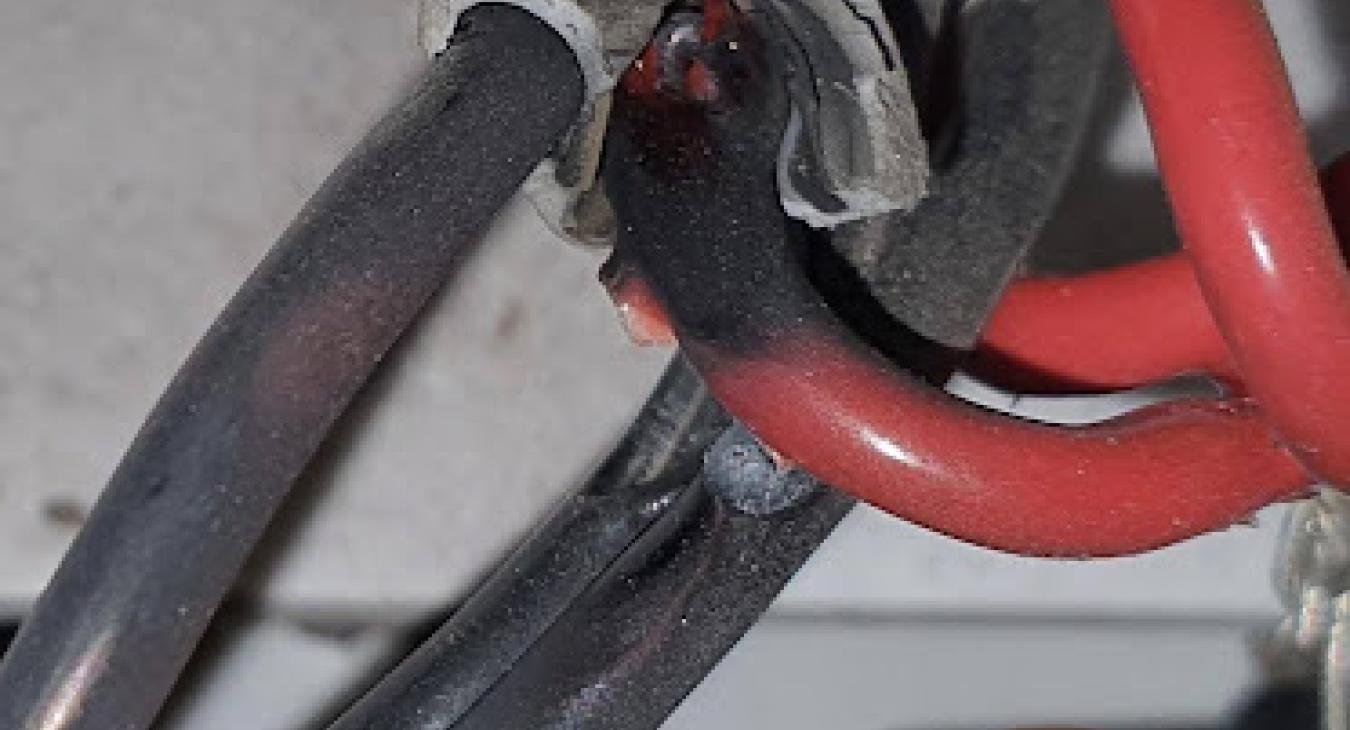
Wondering how an electrician really checks for faulty wiring? Keep reading...
An electrician that specialises in fault finding and electrical testing can check faulty wiring using the specialised test equipment that they carry. The first thing that the electrician checks for is the type of fault that has occurred. The first step in the process is for the electrician to gather as much information about the electrical fault as possible from the customer. Often, customers have insight as to when the fault happened, what was going on at the time and what had happened prior to the fault occurring. This information is useful to the electrician to being investigating and often speeds the process up when looking for the issue.
The next step in the fault-finding process is to determine which electrical circuit (plug sockets, lights, cooker) is faulty. The design of many fuse boxes / consumer units is such that a faulty circuit will trip other circuits as well as itself leading to loss of electrical supply to much of the property all at once. In these circumstances the electrician has to test the circuits to determine which is likely to be the circuit at fault. Once the electrician has determined which circuit is faulty, the circuit is disconnected whilst the faulty wiring is investigated. There are a number of possible faults that may exist on an electrical circuit and these include:
- Short Circuit – Where Line is touching Neutral. This type of fault can occur when wires melt together such as the case in the photograph above. This can also happen if there is a nail through a cable or if something has been cross wired in the circuit.
- Earth Fault - When line touches Earth or Neutral touches earth there is an earth fault. In the photograph above, line had been touching earth under pressure this had caused a Line to Earth fault and the resultant large fault current had blown the earth wire to bits and also tripped the fuse box / consumer unit at the property.
- Poor Insulation Resistance – This type of fault is where there is a lower-than-expected resistance reading between any of the three electrical conductors, Line, Neutral and Earth. There should be a very high reading between all three of these under normal circumstances. A very high resistance between these three conductors means that they are not touching each other and that is what we want. A very low reading indicates a problem that electricians need to search for.
- Break on a Live conductor – When there is a break on a Line or Neutral conductor, the circuit will not work properly, if at all! Under these circumstances the electrician has to test the circuit to find where the break is. This can involve removing electrical switches and sockets to narrow down the location of the fault until it is found.
- Break on a Circuit protective (earth) conductor – When this type of issue occurs customer can often report receiving shocks from parts of the electrical installation. When electricians test metal parts of the installation there can sometimes be a voltage present and in severe cases this can be the full operating voltage of the system.
HOW DOES AN ELECTRICIAN CHECK FOR FAULTY WIRING though? Well, we have many different pieces of test equipment. The most common and most used piece of equipment tends to be the multifunction tester. This tester has many different capabilities such as the ability to measure:
- Low resistances
- High resistances
- Voltages
- Polarity
- Fault Currents
- The testing of RCD (electric shock protection devices)
- Total system loop resistance readings
Using these numerous functions electricians are able to determine the nature of an electrical fault and then narrow down its location fairly quickly. This is normally done within a couple of hours. There are other pieces of test equipment that are sometimes used such as:
- Clamp Meter – To test how much electrical current is flowing in a circuit
- Earth Leakage meter – To measure how much electrical current is MISSING from a circuit
- Infra-Red Camera – To determine if there are hot spots in the system and where heat is building up
- Cable Tracer – To determine which cable belongs to which electrical circuit and where the cables run to
Each of these pieces of equipment requires the electrician to have the knowledge and experience to know when to use them, how to interpret the results and the next steps to take on the fault-finding journey. For more information on electrical fault finding, you can check out our blog HERE
📞 01925 595 980 (Warrington)
📞 0151 351 4011 (Liverpool)
📧 Enquire online
💻 Visit our website










